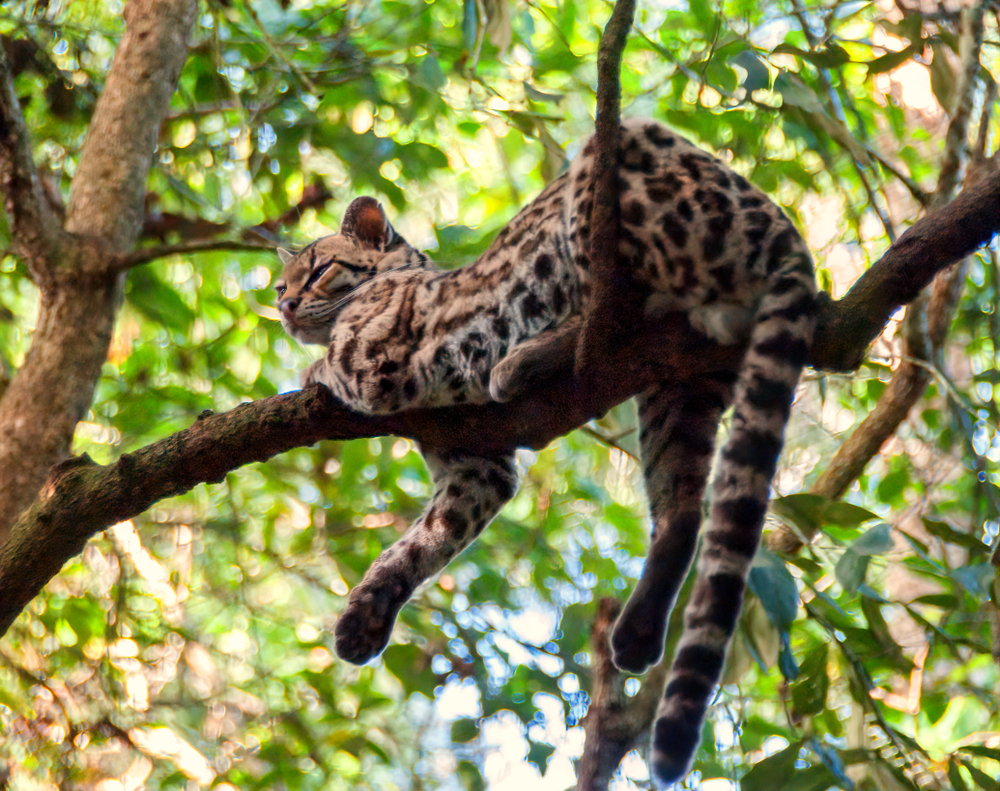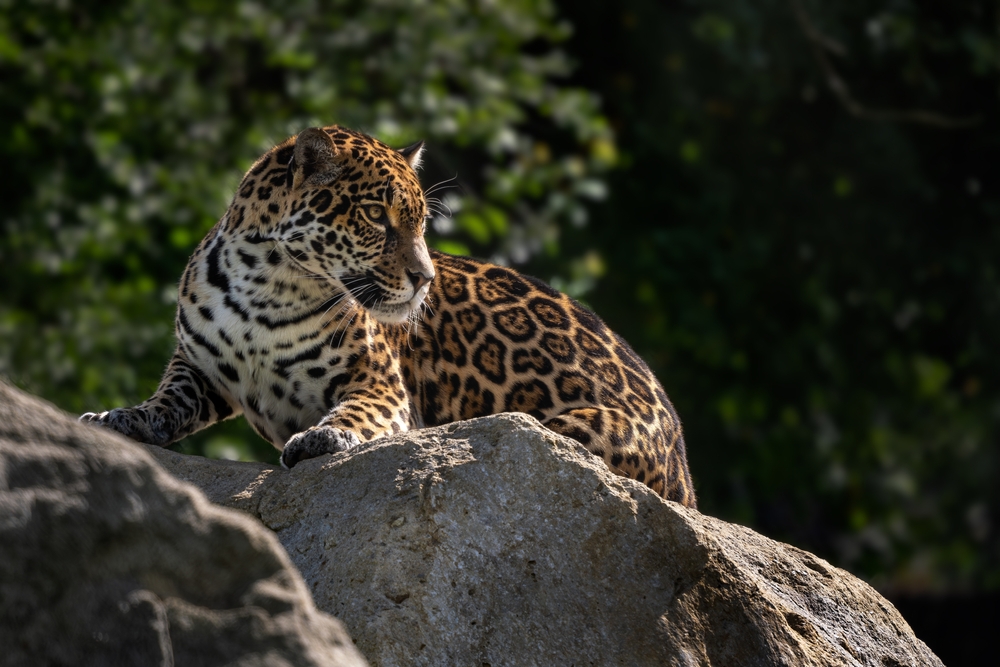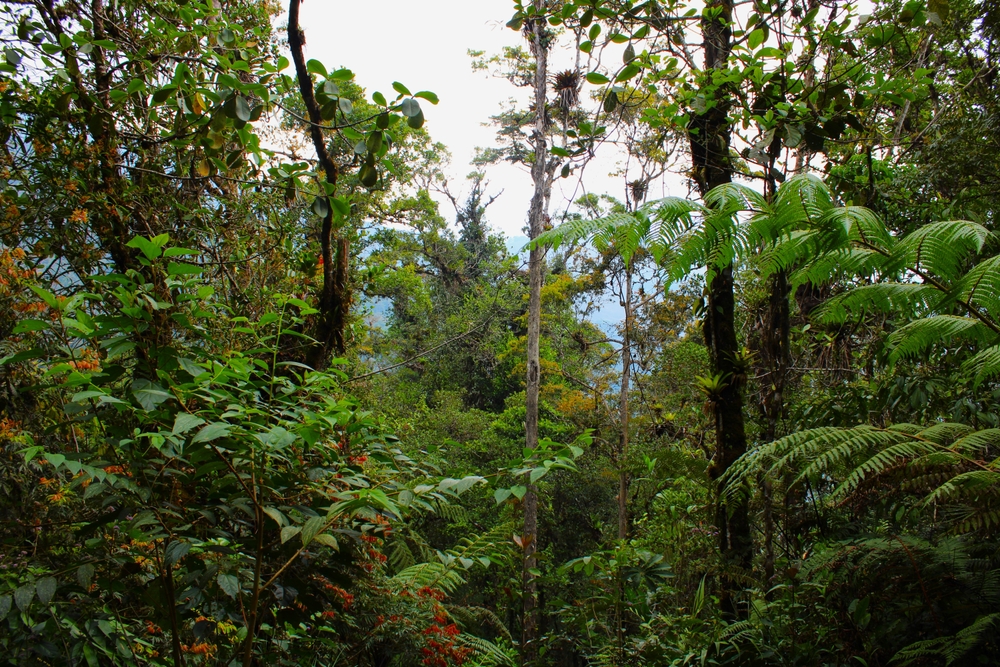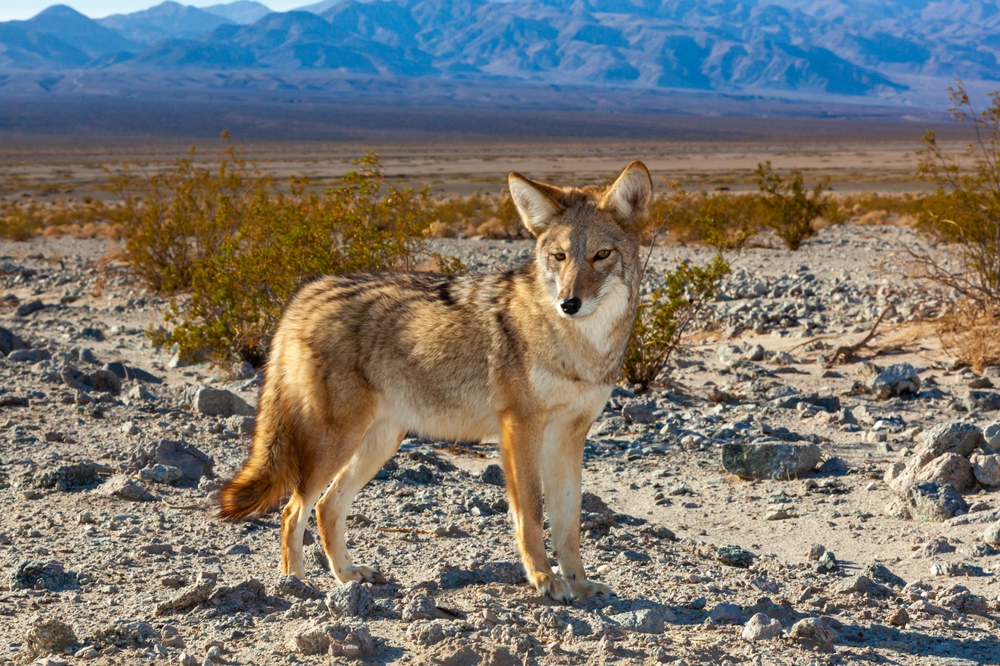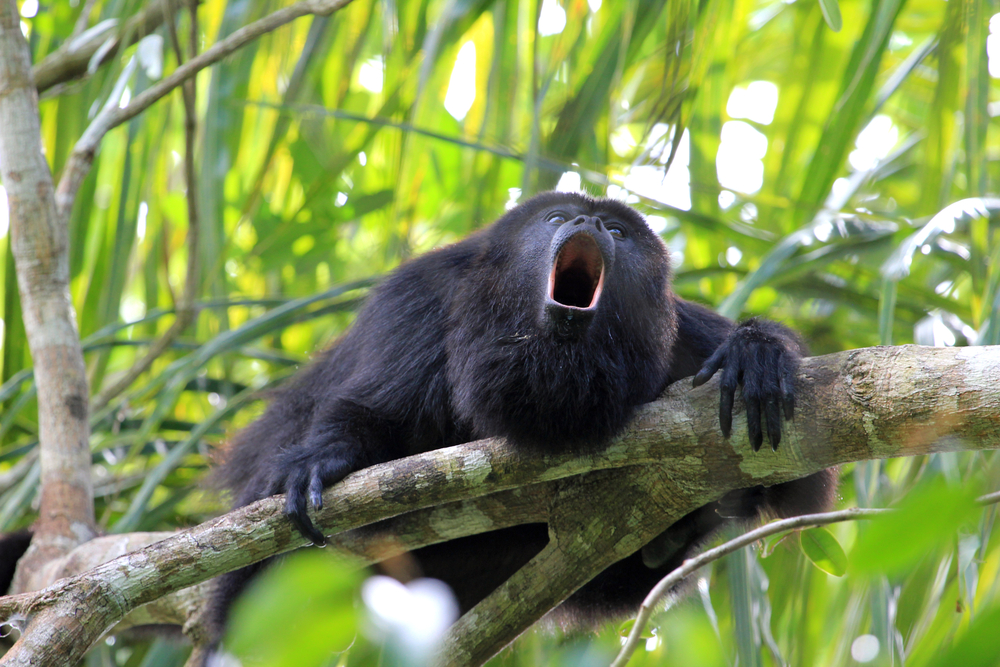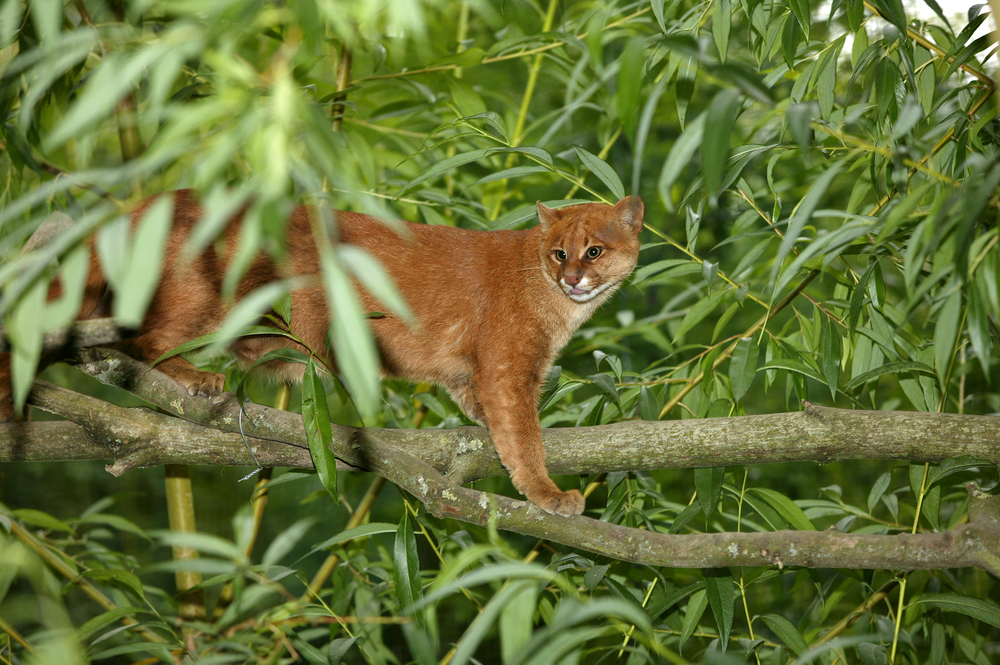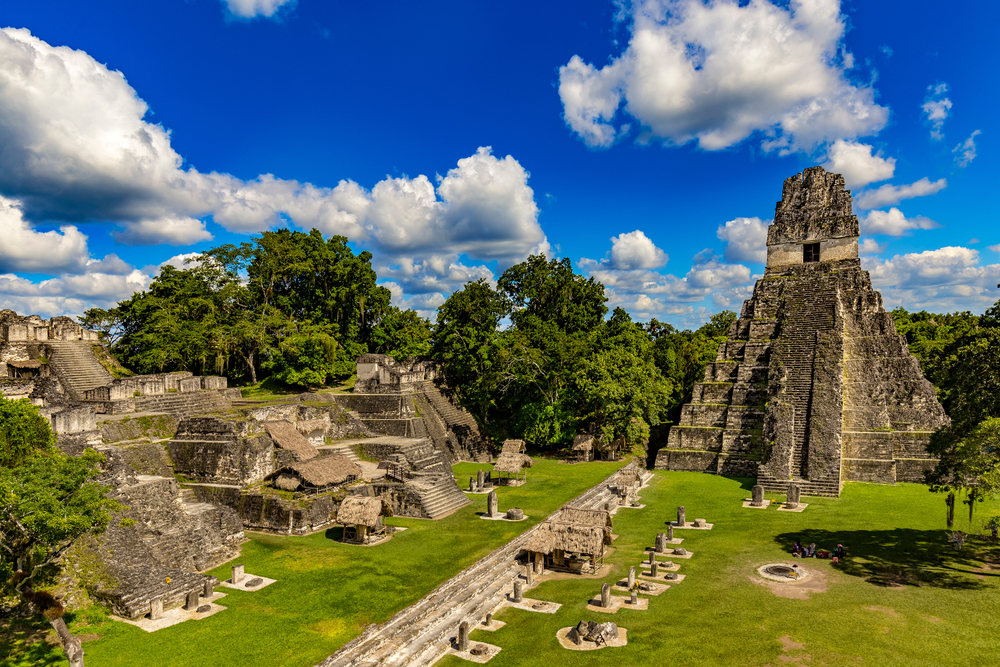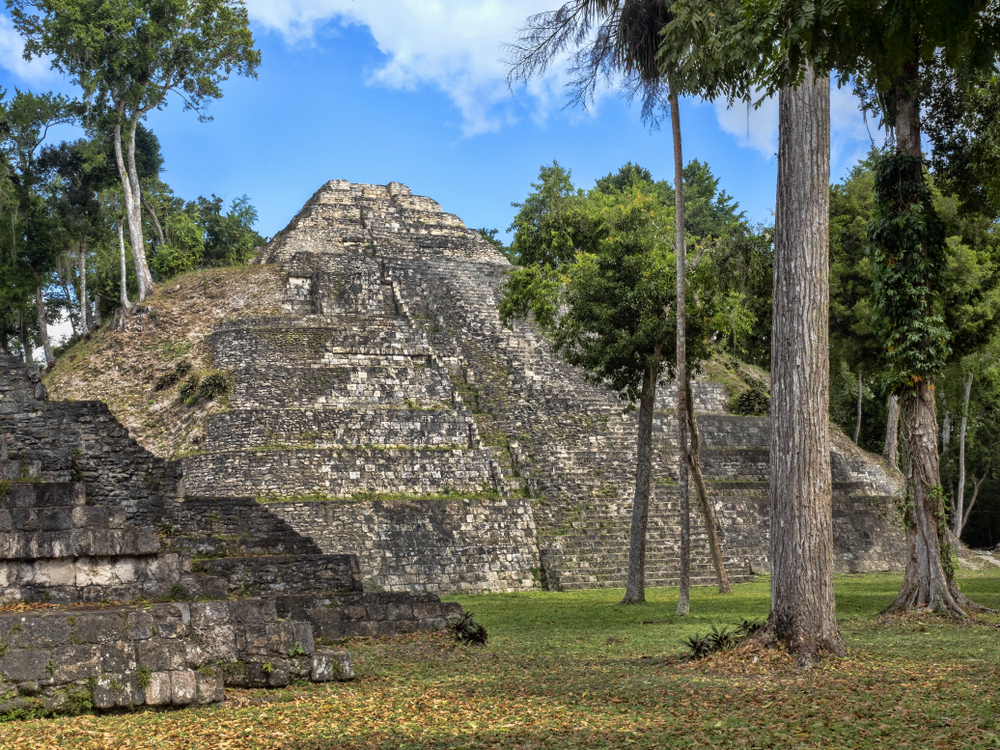Laguna Lachuá Overview
Laguna Lachuá National Park, known locally as Parque Nacional Laguna Lachuá, is a protected area in Guatemala that encompasses approximately 57.9 square miles (150 square kilometers).
It is situated in the northern region of the country, within the department of Alta Verapaz, a landscape characterized by dense tropical rainforests and abundant biodiversity. The centerpiece of the park is Laguna Lachuá, a nearly perfectly circular limestone lake with striking turquoise waters, which has earned it the nickname “Jewel of the Verapaz.”
The lake is part of a large karstic depression and is renowned for its crystal-clear waters, which contain a high concentration of calcium carbonate, giving it its distinctive coloration. The surrounding terrain is primarily lowland tropical forest with occasional limestone outcrops and sinkholes, contributing to the park’s unique ecological character.
The park’s vegetation consists of lush rainforests, primarily featuring species such as mahogany, ceiba, ramón, and sapodilla trees. These forests provide an essential habitat for an extraordinary range of flora and fauna, making Laguna Lachuá an important conservation area within Guatemala.
Orchids, bromeliads, and various ferns thrive in the humid environment, adding to the park’s botanical richness. The dense canopy supports a complex ecosystem that provides refuge to numerous endangered species. The lake itself is surrounded by a flooded forest that serves as a transition zone between the aquatic and terrestrial environments, further enhancing the park’s biodiversity.
Laguna Lachuá National Park is home to a rich array of wildlife, with many species that are rare or endangered. Among the mammals, visitors may encounter jaguars, pumas, ocelots, and Baird’s tapirs, all of which rely on the park’s dense forests for survival.
The area is also home to howler monkeys and white-lipped peccaries, as well as several species of rodents and reptiles. Bird enthusiasts will find the park particularly rewarding, as it hosts over 300 species of birds, including the vibrant keel-billed toucan, scarlet macaw, and harpy eagle. The lake itself contains fish species such as the endemic Lachuá cichlid, which is found nowhere else in the world.
One of the main attractions of the park is the pristine beauty of Laguna Lachuá. Its mirror-like waters and surrounding rainforest create a serene and secluded atmosphere, making it an ideal destination for nature lovers. Visitors can enjoy activities such as swimming in designated areas of the lake, hiking along well-maintained trails, and birdwatching.
The park also features a visitor center with educational exhibits about the region’s biodiversity and conservation efforts. Local guides offer tours that provide insight into the area’s cultural and natural history, enriching the visitor experience.
Conservation efforts in Laguna Lachuá National Park have been focused on protecting its delicate ecosystem from deforestation, poaching, and agricultural encroachment. The park is part of a larger biosphere reserve initiative aimed at safeguarding Guatemala’s tropical forests.
Collaborative projects with local communities promote sustainable livelihoods, helping to reduce the pressure on natural resources while fostering environmental stewardship. Despite these efforts, challenges such as illegal logging and pollution remain ongoing threats.
However, the park’s strict management policies and community engagement programs have contributed to its continued preservation, ensuring that future generations will be able to appreciate its natural beauty.








































































